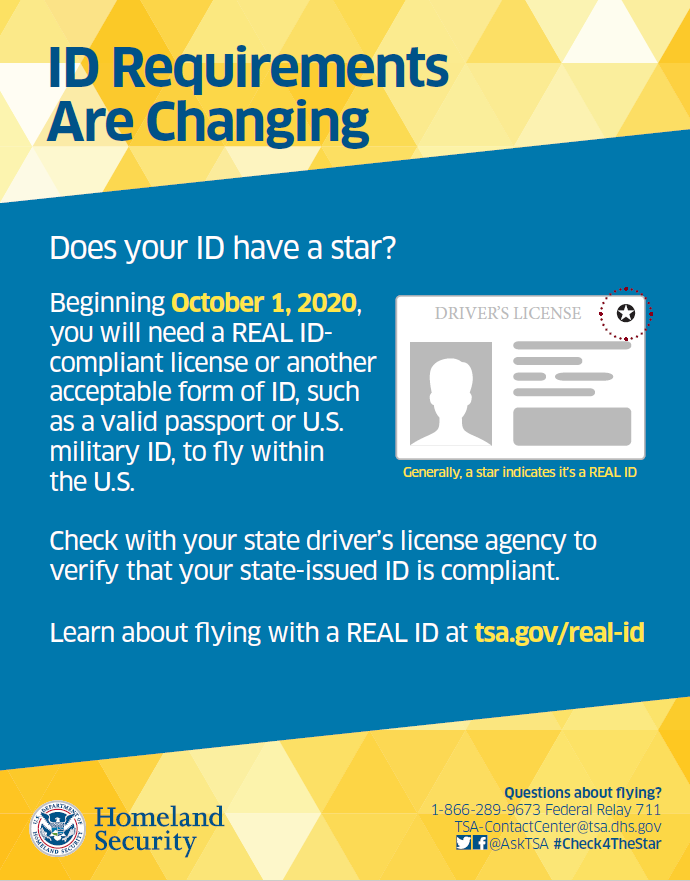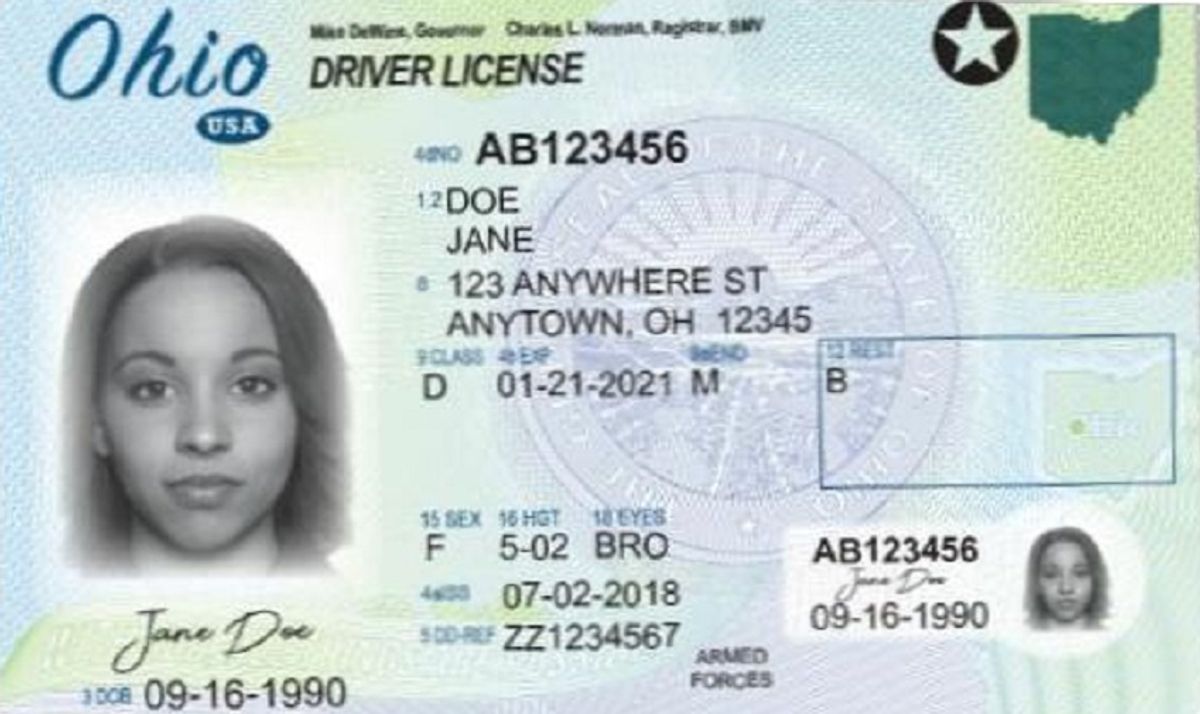In May 2005, the U.S. Congress passed, and President George W. Bush signed the "Emergency Supplemental Appropriations Act for Defense, the Global War on Terror, and Tsunami Relief Act" into law. Contained within that legislation was the "REAL ID Act," provisions requiring every state to issue drivers' licenses which conformed to a national standard.
The "REAL ID Act" was a response to the September 11 terrorist attacks on the U.S., attacks that were facilitated by 18 of the 19 hijackers' having obtained fraudulent identification (including U.S. drivers' licenses) that helped them board the planes they hijacked and flew into the Pentagon and World Trade Center buildings.
The "REAL ID Act" mandated that by 11 May 2008, each U.S. state implement systems ensuring that motorists who apply for licenses are who they say they are and do not pose security risks. After that date, persons looking to obtain or renew drivers' licenses issued by any of the 50 states would have to provide documentation of identity (e.g., birth certificate, passport), documentation of residency address (e.g., utility bills), and documentation showing they are in the United States legally (e.g., birth certificate from a U.S. state or territory, U.S. passport, U.S. permanent residency card).
The U.S. Department of Homeland Security extended the 11 May 2008 deadline to 31 December 2009 for states that both asked for a postponement and provided a compliance plan, and as of the original deadline, all fifty states had either applied for or received extensions.
Numerous states were up in arms about the law, primarily because they maintained that having to vet every holder of a driver's license would be a lengthy and expensive process, one that would hopelessly snarl their motor vehicle and public safety departments. State officials also expressed concerns about maintaining individuals' rights to privacy. By the end of 2009, half the states had approved resolutions or legislation proclaiming that they did not want to participate in the program, and bills were introduced into Congress seeking to amend or repeal it.
REAL ID enforcement was intended to be implemented in phases beginning in April 2014, with the final phase (Phase 4) affecting airline travel. After the implementation of that final phase, a driver's license issued by a state that was not in compliance with the REAL ID act would not, by itself, be a sufficient form of identification for boarding commercial aircraft in the U.S.: "A driver’s license or identification card from a noncompliant state may only be used in conjunction with a second form of ID for boarding federally regulated commercial aircraft."
Towards the end of 2015 news outlets began reporting that when the Phase 4 was implemented at the beginning of 2016, persons with driver's licenses from the handful of states and territories that were still not in compliance with the REAL ID act (New York, Louisiana, Minnesota, New Hampshire, and the American Samoa) would need to use a passport or some other form of accepted ID in order to board commercial aircraft:
Starting in 2016, travelers from four U.S. states will not be able to use their driver's licenses as ID to board domestic flights — a pretty major development considering an estimated 38 percent of Americans don’t have passports.The standard licenses from New York, Louisiana, Minnesota, New Hampshire, and American Samoa are considered "noncompliant" with the security standards outlined in the REAL ID Act, which was enacted back in 2005 but is being implemented in stages. Why are these specific licenses deemed sub-par? In these five places, getting a license doesn't require proof of citizenship or residency.
Here's the breakdown: if you're from one of these states, "acceptable" IDs include passports and passport cards, as well as permanent resident cards, U.S. military ID, and DHS trusted traveler cards such a Global Entry and NEXUS.
Did that mean that come 1 January 2016, residents of those states were unable to board planes by using driver's licenses as their ID? Not quite. First of all, enforcement of Phase 4 provisions was officially slated to begin "No sooner than 2016" — but at the time, the U.S. government still hadn't announced the exact date on which it would take effect. A planned three-month "forgiveness period" after the law began to be enforced would enable travelers with non-compliant licenses to receive warnings that their IDs would no longer be valid for flights (but they would still be allowed to board aircraft).
As of this writing, the enforcement date by which travelers must possess REAL ID-compliant licenses in order to board planes has been extended to 1 October 2020.
REAL ID compliant driver's licenses and ID cards are generally marked with a star located in the upper portion of the card:

REAL ID regulations require that states recertify their compliance with the Act every three years, so travelers should periodically check with their state department of motor vehicles or the Department of Homeland Security (DHS) website to ensure their documents are up-to-date with current regulations.
For those who do not possess a REAL ID-compliant license or ID card, fourteen other forms of identification will also be accepted at airport checkpoints:
U.S. passport
U.S. passport card
DHS trusted traveler cards (Global Entry, NEXUS, SENTRI, FAST)
U.S. Department of Defense ID, including IDs issued to dependents
Permanent resident card
Border crossing card
DHS-designated enhanced driver's license
Federally recognized, tribal-issued photo ID
HSPD-12 PIV card
Foreign government-issued passport
Canadian provincial driver's license or Indian and Northern Affairs Canada card
Transportation worker identification credential
U.S. Citizenship and Immigration Services Employment Authorization Card (I-766)
U.S. Merchant Mariner Credential

